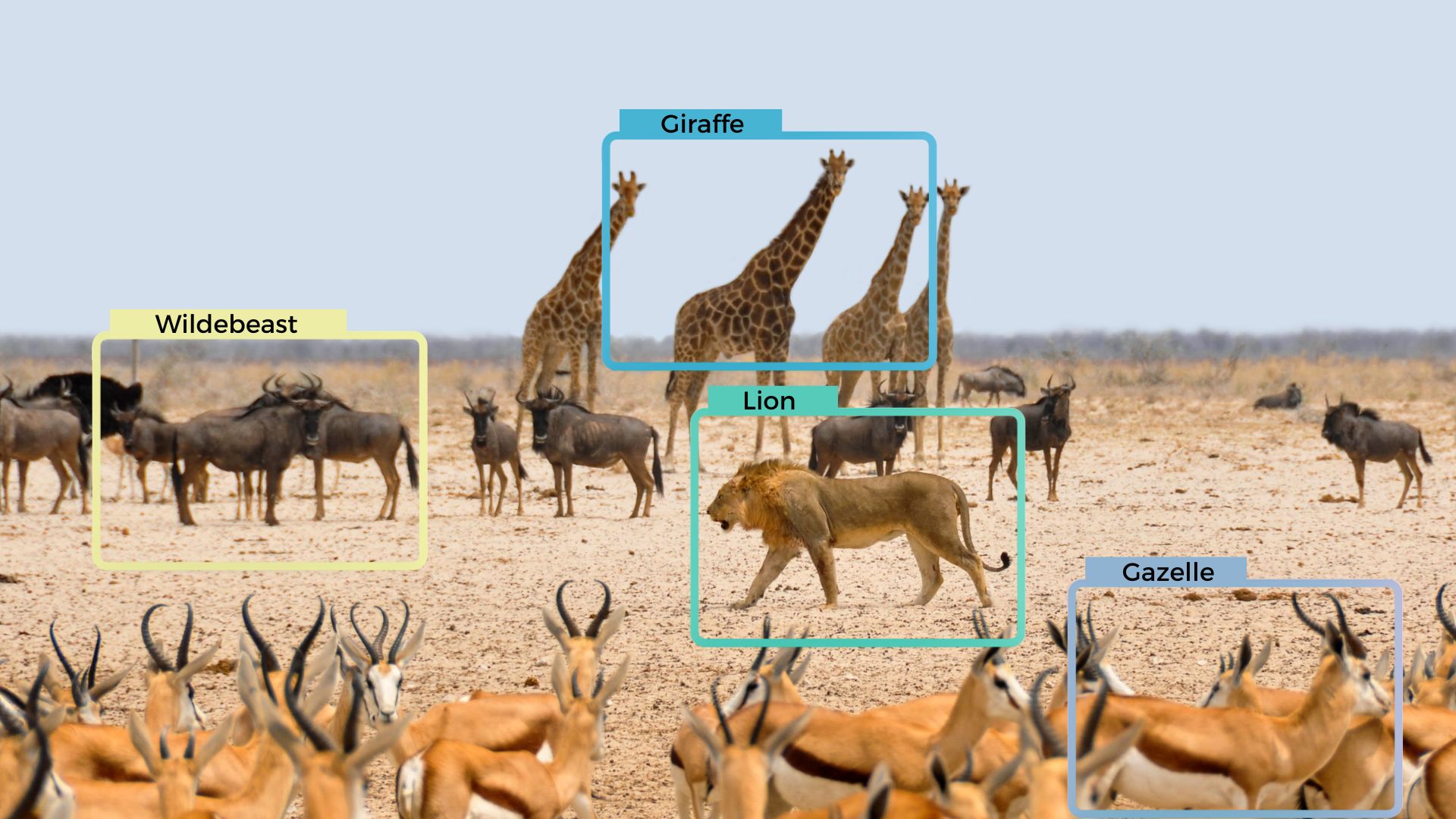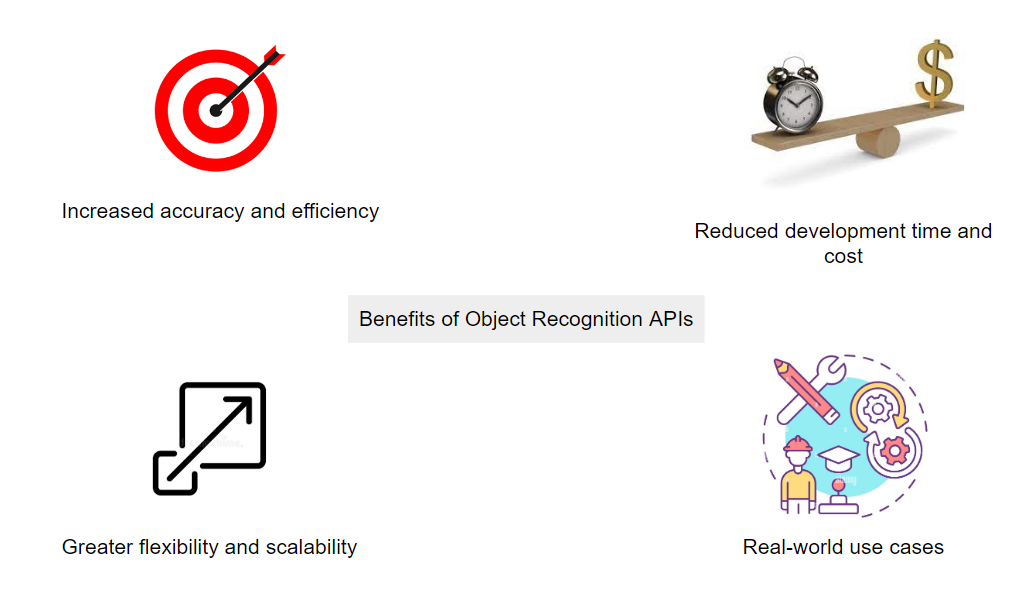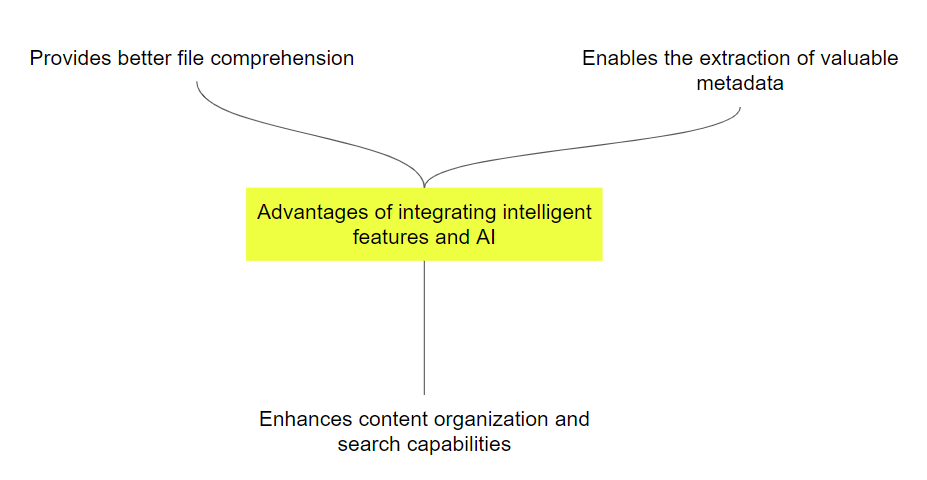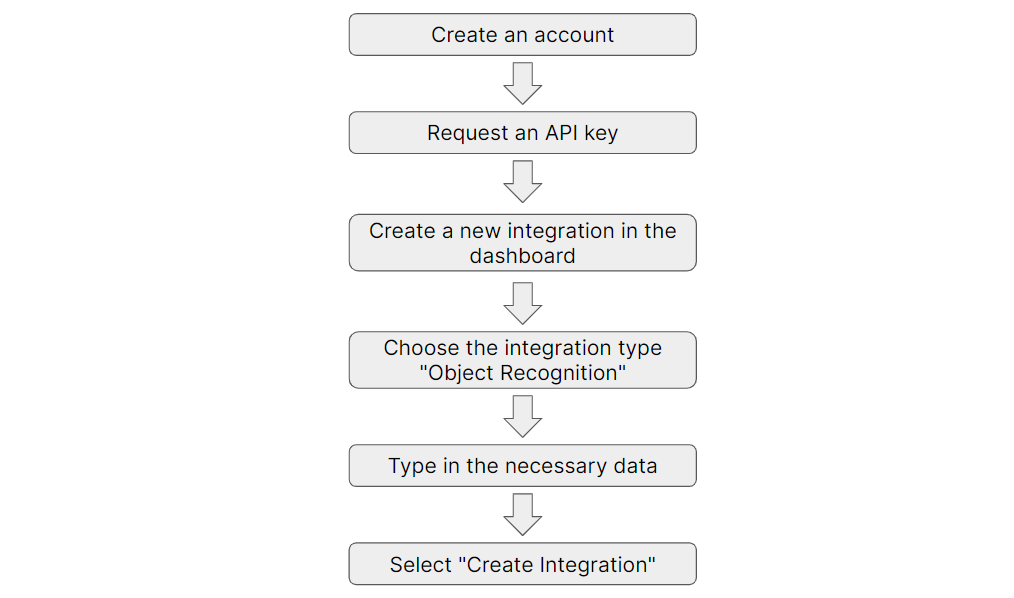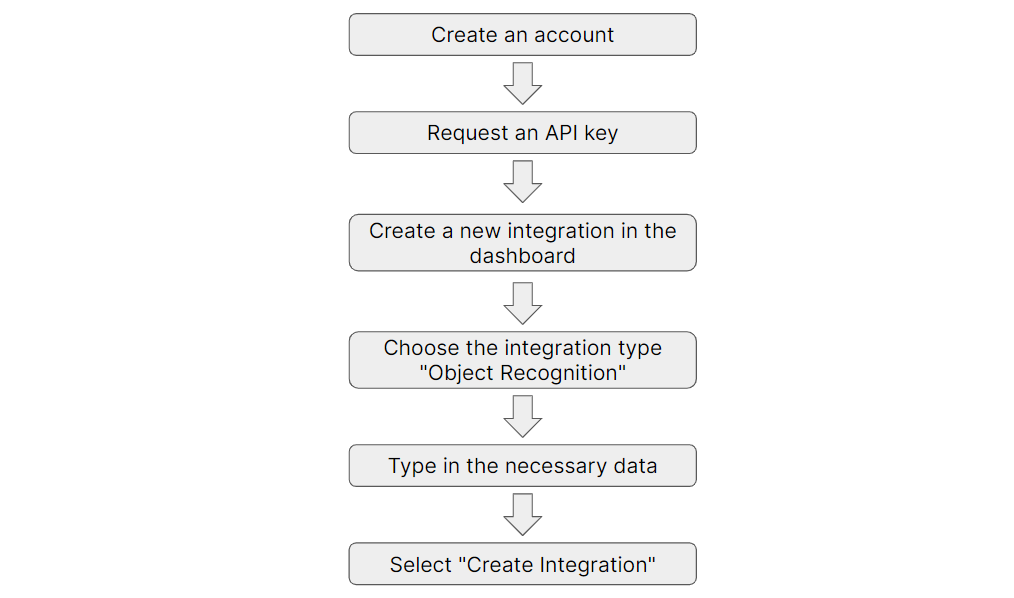Many people struggle with effectively locating objects in images, beginners and professionals alike. Object Recognition API, however, is a solution that has the power to alter your image processing routine completely. This beginner’s guide will go through the capabilities of the Image Recognition API and show you how automating the object recognition process in photos may make your life easier.
Streamlining file uploads and transformation
Efficiency and accuracy are important whether you’re working with a variety of file sources or trying to optimize data for object detection. A seamless file upload process enables you to easily collect data from many sources, such as websites, local devices, and cloud storage. But things don’t stop there. When optimizing files for object recognition, on-the-fly file modifications are essential since they ensure that the images are of the highest potential and format for precise analysis.
Benefits of object recognition APIs
Businesses can benefit greatly from object recognition APIs, as they offer many advantages for image recognition tasks. The following are some important advantages to think about.
- Object detection APIs use cutting-edge algorithms and machine learning models to track objects in images correctly. Therefore, they eliminate manual intervention and lower the possibility of human error.
- A custom object recognition system can be time-consuming and expensive to develop in-house. However, by including an image recognition API, organizations may use pre-built and optimized models. This saves a substantial amount of money on infrastructure, training costs, and development time.
- They enable enterprises to meet shifting demands and manage a range of workloads. The API can efficiently handle the demand, ensuring consistent performance whether processing a small batch of photos or analyzing a huge dataset.
- Object Recognition APIs are used in a variety of sectors. Retail businesses, for instance, can automate inventory management by tracking and categorizing products using the detected objects.
Leveraging intelligent features and AI integration
Businesses are continuously looking for methods to use intelligent features, computer vision techniques like computer vision API, and AI integration to achieve a competitive edge in today’s data-driven world. The following are several important ways companies can use object recognition and intelligent AI to their advantage.
Intelligent AI and object detection models provide better file comprehension by using the following,
- Identifying the input image as PDFs, Word documents, or PowerPoint presentations automatically and putting them in the proper directories.
- Identifying significant ideas and concepts in documents by analyzing images, enhancing search results, suggesting related material, and creating document summaries.
Object recognition enables the extraction of valuable metadata and insights by using the following,
- Using object recognition to categorize files, assisting with file organization automatically.
- Recognizing terms through object recognition, like face recognition and keyword extraction, can enhance search results and content recommendations.
Object-based tagging enhances content organization and search capabilities by using the following,
- Adding names of people with facial recognition, places, and objects in an image to improve search results.
- Utilizing object-based tagging: Locating requested information within documents is made simpler.
Enhancing user experience and automation
Businesses can implement the following to improve user experience and accelerate their processes implementing the following.
- Customizable file picker UI
- Easy-to-use interface for quick file selection.
- Options that can be customized to match the application’s branding and style.
- Advanced features for a smooth user experience, including drag-and-drop, multi-file selection, and folder uploads.
- Automating workflows
- Using webhook integration to start automated processes in response to user events or system changes.
- Using automation tools and triggers to automate routine processes and improve workflows.
- Examples include delivering notifications, generating reports automatically, or starting particular operations depending on pre-established rules.
Integrating object recognition for enhanced workflows
Workflows for file management can be automated and improved with the help of object identification with multiple APIs. Businesses can streamline their procedures by connecting third-party object identification APIs with Filestack in the following ways.
The following is the significance of object recognition in file management workflows.
- Locate objects and report inappropriate material.
- Based on user interests, recommending pertinent information.
- Taking useful information, such as demographics or market trends, from visual data.
Filestack is a cloud-based file management platform that makes it easy to integrate third-party APIs. The following is how to link Filestack with third-party object detection API.
- Make an account on Filestack.
- Then, request an API key from the source of object recognition.
- Create a new integration in the Filestack dashboard.
- Choose the integration type “Object Recognition” from the list.
- Type in the necessary data and the API key.
- Then, select “Create Integration.”
Use cases and benefits
- Improving content moderation by highlighting objectionable content.
- Customizing user experiences by making recommendations for pertinent information.
- Drawing conclusions from multiple objects in order to make informed decisions.
Best practices for integrating Filestack
Utilize Filestack in accordance with these recommendations to maximize efficiency using the following.
- To benefit from the most recent features and enhancements, use the most recent version of the Filestack API.
- Locally cache files to improve efficiency and lessen the frequency of file retrieval.
- In order to avoid using incorrect or incomplete data, always check for problems before using the results of a Filestack API call.
- Handle errors by putting in place appropriate error-handling methods.
- Log errors consistently to help with problem-solving and issue diagnosis, assuring prompt resolution.
Conclusion
Your operations can be greatly improved by incorporating Filestack into file management procedures. You may automate operations, enhance user experiences, and gain insightful data by utilizing capabilities like object recognition, configurable user interfaces, and automation tools. Utilize Filestack’s features right away to transform your file management.
To learn more about Filestack’s services and to get started, sign up for free now.
FAQs
What is an image recognition API?
Developers can include image recognition functionality in their apps using this software interface.
How does an image recognition API work?
Identifies objects, patterns, or features in images by analyzing and interpreting visual content using cutting-edge algorithms and machine learning approaches.
What are the benefits of using an image recognition API?
Utilizing an image recognition API increases the precision and therefore, effectiveness of image recognition activities.
What are some real-world use cases for image recognition API?
There are several such as object detection for ecommerce, content moderation for identifying offensive content, and autonomous cars to detect objects.
Shanika Wickramasinghe is a software engineer by profession and a graduate in Computer Science. Her specialties are Web and Mobile Development. Shanika considers writing the best medium to learn and share her knowledge. She is passionate about everything she does, loves to travel, and enjoys nature whenever she takes a break from her busy work schedule.
Read More →
